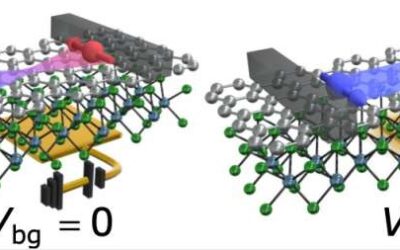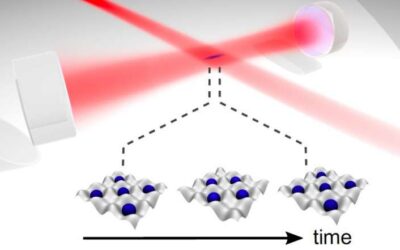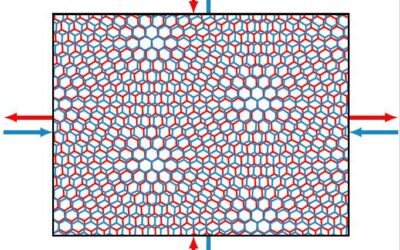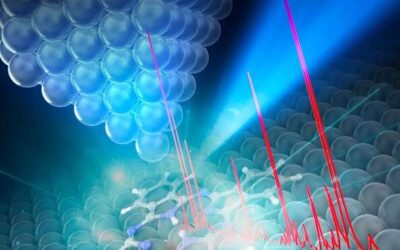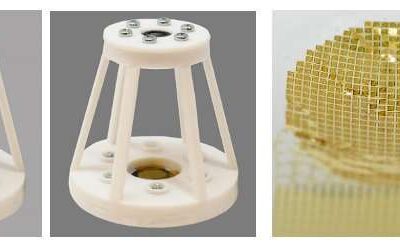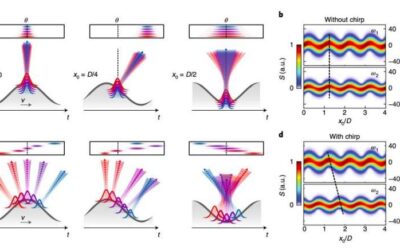The S-matrix bootstrap is a numerical method that can be used to determine or constrain the scattering amplitudes of particles in quantum field theory using simple principles. Over the past few decades, some physicists have tried to use this technique to study...
PHYS.ORG
Researchers realize a spin field-effect transistor at room temperature
A crucial goal of spintronics research is to coherently manipulate electron spins at room temperature using electrical current. This is particularly valuable as it would enable the development of numerous devices, including spin field-effect transistors.
The first experimental realization of a dissipative time crystal
A time crystal is a unique and exotic phase of matter first predicted by the American physicist Frank Wilczek in 2012. Time crystals are temporal analogs of more conventional space crystals, as both are based on structures characterized by repeating patterns.
Physicists use a new absorbing-state model to investigate random close packing
Sphere packing, a mathematical problem in which non-overlapping spheres are arranged within a given space, has been widely investigated in the past. It has been proven that the densest possible packing is a face-centered cubic (FCC) crystal with a space-filling...
The LIGO/Virgo Collaboration sets new constraints on cosmic strings
The LIGO/Virgo/KAGRA Collaboration, a large group of researchers at different institutes worldwide, has recently set the strongest constraints on cosmic strings to date, using the Advanced LIGO/Virgo full O3 dataset. This dataset contains the latest gravitational...
Study unveils strain-induced quantum phase transitions in magic-angle graphene
Over the past few years, many physicists and material scientists worldwide have been investigating the properties and characteristics of magic-angle twisted bilayer graphene (MATBG). MATBG is a strongly correlated material that was first experimentally realized in...
Study demonstrates the quantum speed up of supervised machine learning on a new classification task
In recent years, several computer scientists and physicists have been exploring the potential of quantum-enhanced machine learning algorithms. As their name suggests, quantum machine learning approaches combine quantum algorithms with machine learning techniques.
A single-molecule laser nanospectroscopy technique with micro-electron volt energy resolution
When molecules are excited, they can give rise to a variety of energy conversion phenomena, such as light emission and photoelectric or photochemical conversion. To unlock new energy conversion functions in organic materials, researchers should be able to understand...
A curvy and shape-adaptive imager based on printed optoelectronic pixels
Curved imagers that can adjust their shape could have many valuable applications, for instance, aiding the development of more advanced medical imaging tools and cameras. Most existing flexible curvy imagers, however, are either not compatible with tunable focal...
The realization of curved relativistic mirrors to reflect high-power laser pulses
One of the topics investigated in recent physics studies is strong-field quantum electrodynamics (SF-QED). So far, this area has rarely been explored before, mainly because the experimental observation of SF-QED processes would require extremely high light intensities...


